Governance Cost Calculator
Compare the real-world financial implications of on-chain versus off-chain governance for blockchain projects.
Input Parameters
Governance Cost Comparison
On-Chain Governance
Token holders excluded due to gas costs:
0
Off-Chain Governance
Token holders excluded due to gas costs:
0
When a blockchain network needs to change its rules-whether it’s adjusting fees, updating smart contracts, or voting on new features-someone has to decide how. But here’s the catch: on-chain governance and off-chain governance don’t just differ in where the votes happen. They shape who gets heard, how fast changes roll out, and even whether the network stays truly decentralized.
On-Chain Governance: Decisions Written in Stone
On-chain governance means voting happens directly on the blockchain. Token holders use their holdings to cast votes on proposals through smart contracts. Every vote, every result, every change is permanently recorded and visible to everyone. Think of it like a public town hall where every word is livestreamed and archived forever.
This model works best when trust needs to be built without intermediaries. Projects like Tezos and Polkadot built their entire upgrade systems around on-chain voting. In Tezos, anyone can submit a proposal. If it gets enough support, it goes to a vote. If it passes, the protocol automatically updates-no hard forks, no chaos.
The big wins? Transparency and immutability. You can verify every step. No one can secretly alter a vote. And because the rules are coded into the blockchain, there’s no need to rely on a central team to push updates. That’s why DeFi protocols like Compound and Aave use on-chain governance for core financial rules-like interest rates or collateral ratios. These are decisions that affect real money. You want them locked in, not whispered in Discord.
But here’s the downside: it’s slow and expensive. Every vote costs gas. On Ethereum, a single governance transaction can run $5-$50 depending on network congestion. For smaller token holders, that’s a barrier. And if a proposal needs complex documentation-say, a 50-page technical spec-uploading it on-chain isn’t practical. Blockchains aren’t cloud storage. They’re ledgers. Trying to store everything on them bogs everything down.
Off-Chain Governance: The Quiet Conversations
Off-chain governance is where most real debate happens-on forums, Twitter, Telegram, GitHub, and Discord. Proposals are drafted, debated, refined. Votes are taken via snapshots, sign-ins, or off-chain polling tools. Only the final decision, if any, gets recorded on-chain.
This is how Bitcoin operates. There’s no formal voting system on the Bitcoin blockchain. Changes happen through community consensus. Developers propose BIPs (Bitcoin Improvement Proposals). Miners signal support. Node operators decide whether to upgrade. If enough adopt the new version, the network moves forward. It’s messy. It’s slow. But it’s worked for over a decade.
Off-chain governance is cheaper. It’s faster. You can have thousands of people debating a proposal without paying a single gas fee. It’s also more private. You can discuss sensitive topics-like regulatory compliance or security patches-without broadcasting every detail to the public ledger.
But that privacy comes at a cost: accountability. If a vote happens off-chain, how do you prove it was fair? Who counted the votes? What if a small group of whales manipulates the discussion? There’s no cryptographic proof. No tamper-proof record. That’s why critics say off-chain governance is just centralized decision-making with a blockchain logo on it.
Take the Ethereum DAO hack in 2016. The community debated for weeks off-chain whether to hard fork and recover stolen funds. Eventually, they did-but it split the network. Ethereum and Ethereum Classic were born from that off-chain decision. No smart contract voted. No on-chain mechanism enforced it. Just people agreeing-or not agreeing-in public.
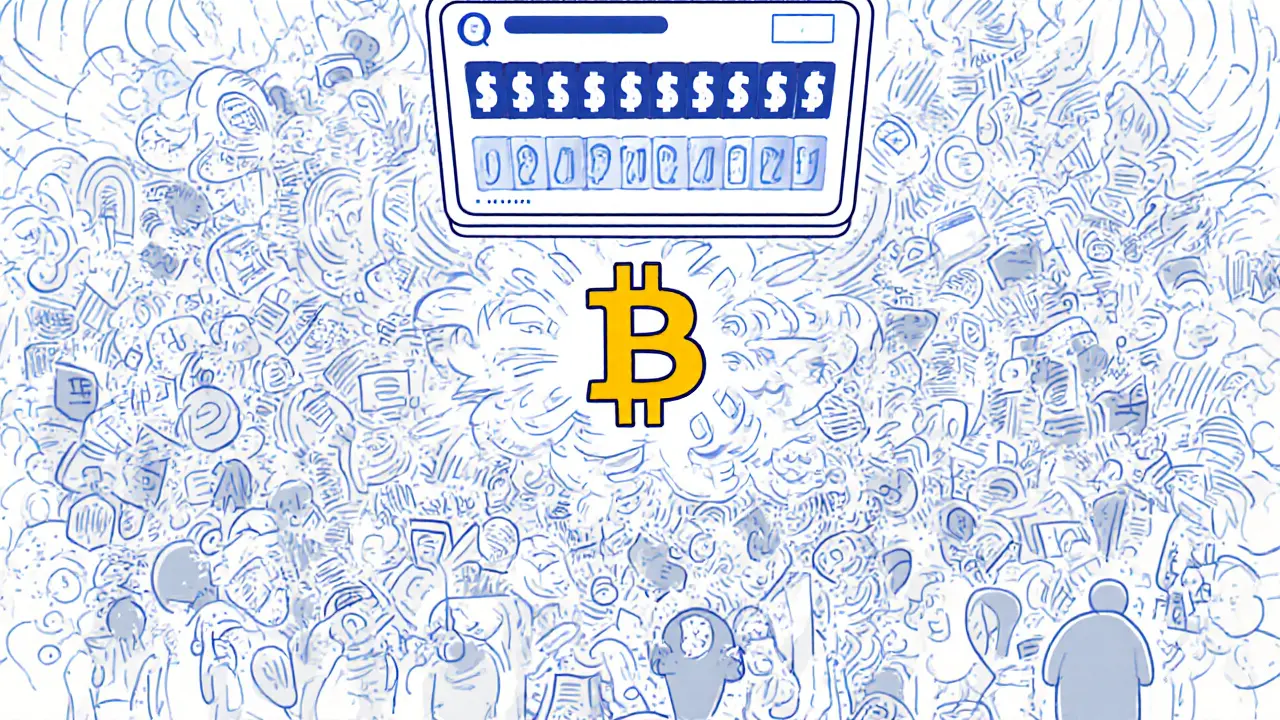
Cost, Speed, and Scalability: The Hidden Trade-Offs
Let’s talk numbers. Storing a 10KB proposal on Ethereum today costs roughly $15-$30 in gas. That’s fine for one vote. But if you have 10,000 token holders voting on 10 proposals a month? That’s $1.5 million in fees. No DAO can afford that.
Off-chain solutions like Snapshot solve this. You sign a message with your wallet. The signature is verified. The vote is tallied off-chain. Only the final result, if needed, gets written to the blockchain. Costs drop to pennies. Speed goes from days to seconds.
Scalability follows the same pattern. On-chain voting can’t handle high-frequency decisions. Imagine a DeFi protocol adjusting interest rates every hour based on market conditions. Doing that on-chain would be impossible. Off-chain, you can automate it with oracles and triggers-keeping the core logic on-chain, but the tuning off-chain.
That’s why most successful projects today use a hybrid model. They keep the critical stuff on-chain-like fund distribution, treasury spending, or protocol upgrades. But they run the discussion, feedback, and preliminary voting off-chain. Aave does this. Uniswap does this. Even MakerDAO, once the poster child of on-chain governance, now uses off-chain forums for early-stage debate before moving to on-chain votes.
Security: Where Trust Actually Lives
On-chain governance feels more secure because the system enforces rules automatically. If a proposal passes, the code updates. No one can block it. No central team can veto it. That’s powerful.
But security isn’t just about code. It’s about human behavior. On-chain systems are vulnerable to voter apathy. If only 5% of token holders vote, a small group can control the outcome. That’s called plutocracy. And it’s real. In 2023, a single wallet with 12% of voting power passed a proposal in a major DAO that changed the entire reward structure-without public outcry.
Off-chain governance is more vulnerable to manipulation. A well-funded group can buy influence on Twitter threads. They can flood forums with bots. They can pressure influencers. There’s no cryptographic proof of participation. You’re trusting a community to be fair-and history shows communities aren’t always fair.
The real security advantage? On-chain governance gives you auditability. You can trace every vote back to a wallet. You can see who voted yes, who voted no, and when. Off-chain? You get screenshots, forum posts, and promises.

When to Use Which?
Not every blockchain needs the same governance. Here’s how to choose:
- Use on-chain governance if: You’re managing large funds, need absolute transparency, or want to eliminate trust in any single entity. Think DAOs with treasury management, DeFi protocols with user assets at risk, or public infrastructure like blockchain-based identity systems.
- Use off-chain governance if: You need speed, low cost, or privacy. Think protocol documentation, UI changes, marketing decisions, or community moderation. These don’t need to be on-chain.
- Use hybrid governance if: You want the best of both. Most projects today should. Keep core logic and treasury votes on-chain. Run discussions, feedback loops, and preliminary votes off-chain.
There’s no perfect system. On-chain governance is like a Swiss watch-precise, reliable, but fragile if you drop it. Off-chain is like a street vote-loud, messy, but adaptable. The best networks don’t pick one. They layer them.
The Future Is Hybrid
Looking ahead, we’re not moving toward pure on-chain or pure off-chain. We’re moving toward smarter hybrids.
Zero-knowledge proofs (ZKPs) are starting to change the game. Imagine a system where you vote off-chain, but prove your vote was legitimate without revealing your choice. That’s coming. Layer 2 solutions like Optimism and Arbitrum are making on-chain voting cheaper. Sidechains and state channels let you run governance experiments without burdening the main chain.
What’s clear? The days of thinking governance is a technical problem are over. It’s a social one. Technology can enable transparency, but it can’t force participation. It can’t stop apathy. It can’t stop manipulation. That’s why the most successful blockchains aren’t the ones with the fanciest smart contracts. They’re the ones with the most engaged communities-whether they vote on-chain or off-chain.
The real question isn’t ‘on-chain or off-chain?’ It’s ‘how do you get people to care?’ Because without participation, no governance model matters.
Can off-chain governance be trusted if it’s not on the blockchain?
Off-chain governance relies on community trust rather than cryptographic enforcement. While it’s faster and cheaper, it lacks the tamper-proof record of on-chain voting. To build trust, projects use tools like Snapshot with wallet signatures, public voting logs, and transparency reports. But ultimately, trust comes from consistent behavior-not code. If a group repeatedly pushes unfair votes, the community will reject them-through fork, protest, or migration.
Why do some blockchains use on-chain governance and others don’t?
It depends on their goals. Blockchains like Tezos and Polkadot were designed for self-updating protocols, so on-chain governance was built in from day one. Bitcoin and Ethereum evolved organically and rely on informal, off-chain consensus because their communities value decentralization over automation. Projects with high-value assets (like DeFi) lean on-chain for security. Projects focused on rapid iteration (like apps or NFT platforms) prefer off-chain for flexibility.
Is on-chain governance more democratic than off-chain?
Not necessarily. On-chain governance gives everyone with tokens a vote, but token distribution is rarely equal. A small number of wallets often hold most voting power, creating plutocracy. Off-chain governance can be more inclusive if it allows non-token holders to contribute ideas-like developers, users, or auditors. True democracy isn’t about who votes-it’s about who gets heard. Many successful DAOs now combine both: on-chain votes for critical decisions, but open forums for all to speak.
Can you change an on-chain decision after it’s been voted on?
Technically, no-unless the protocol allows for a reversal vote. Most on-chain systems are designed to be immutable once executed. But in practice, if a bad decision passes, the community can propose a new vote to reverse it. If enough support exists, a new proposal can override the old one. This happened in MakerDAO when a flawed risk parameter was corrected within weeks. The system allows correction, but it requires consensus, not a single admin.
What’s the biggest risk of using only off-chain governance?
The biggest risk is centralization of influence. Without a verifiable voting mechanism, power shifts to those who control communication channels-wealthy investors, influencers, or development teams. If the community stops participating, decisions are made by a silent minority. This undermines the core promise of blockchain: decentralization. Projects that rely solely on off-chain governance often face skepticism from users who want proof, not promises.






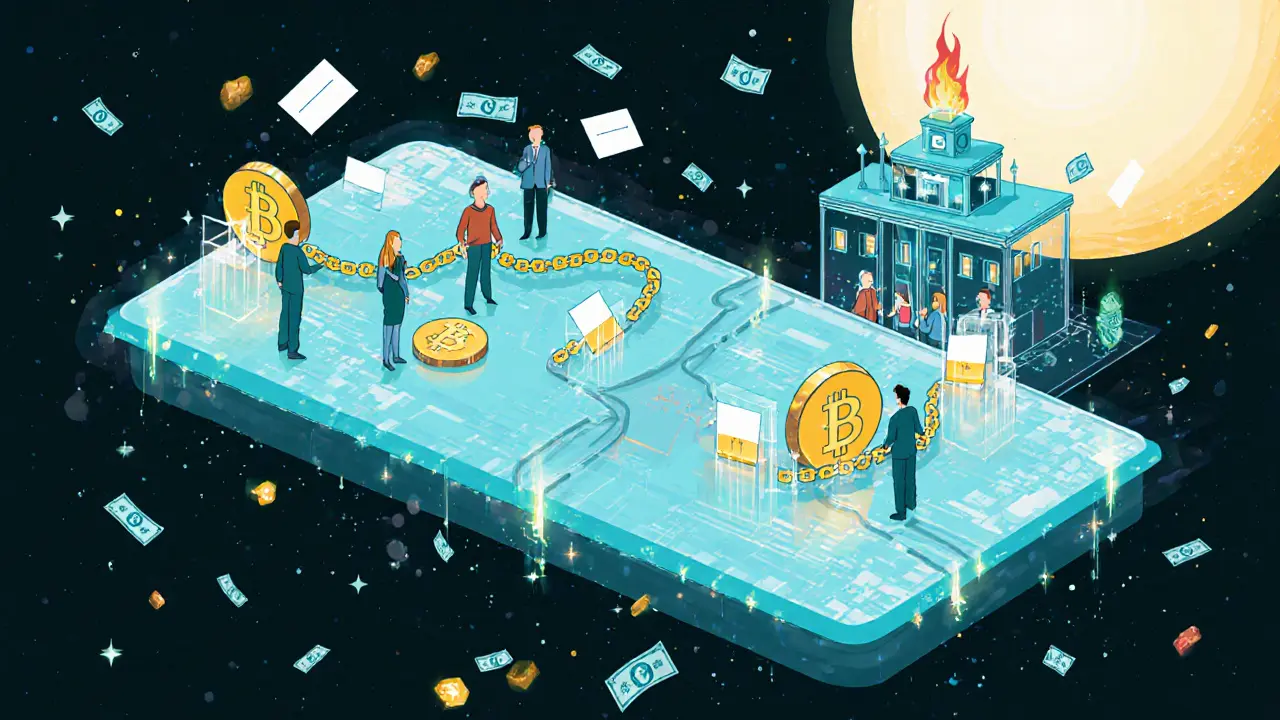
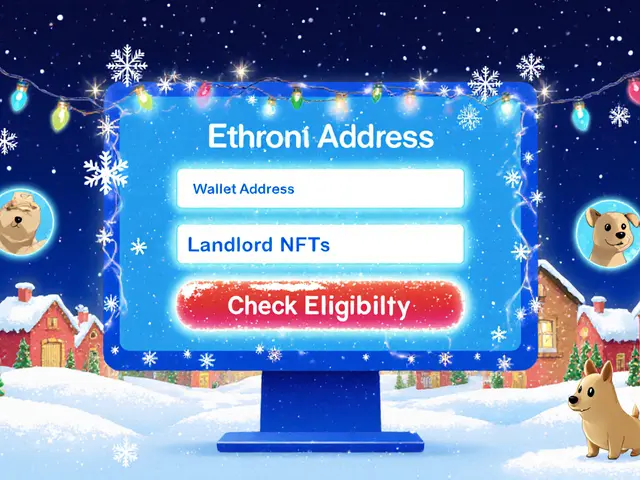
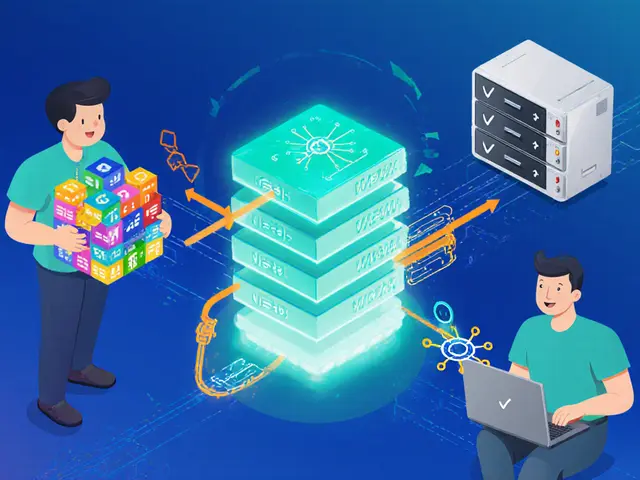
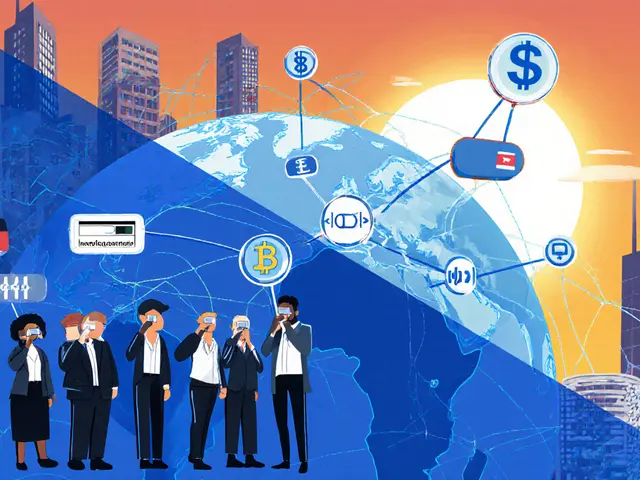


People Comments
Honestly, I’ve seen too many DAOs where the same 10 wallets control everything. On-chain sounds fair until you realize most people don’t even know how to stake, let alone vote. Off-chain lets devs and core contributors actually listen to users, not just token whales. We need both.
Love this breakdown 😍 Honestly, hybrid is the only way forward. On-chain for treasury votes, off-chain for UI tweaks. Why burn $20 on gas to change a button color? 🤦♂️
on chain governance is just a scam by the elite to make it look like its decentralized... the real power is always in the dev teams and the vc's who own 40% of the tokens... they just let the little guys vote so they feel included... its all theater